Do you regularly use certain software, documents or files? Create your own keyboard shortcuts to open them quickly with a simple keystroke!
Keyboard shortcuts, like the must-have Ctl + C and Ctl + V for copying and pasting items, are a great way to quickly launch commands. It is not by chance that experts prefer them to the mouse, which often requires more handling to perform the same operations.
Windows 10 and all software use it for all kinds of common operations, the most difficult of which is memorizing the actions associated with key combinations. Most of these shortcuts are universal and set by default (Ctl + A to select all, Ctl + S to save a file, Ctl + Z to undo the last operation, etc.), although some applications allow you to customize them (i.e. is the case, for example, of media players, for the playback controls).
Key combinations to open shortcuts
What not many people know, however, is that Windows allows you to create keyboard shortcuts from scratch to open software, a folder, a document, or even a web page with a simple combination of keys. This is an extremely convenient method of quickly accessing items that you use often. The trick is in fact to assign a combination of keys to a shortcut - shortcut in the Windows sense, that is to say a link that points to an element. Which is like using a shortcut to open a shortcut!
Either way, typing this combination will open the software, folder, or document in a window. If it is a document - a text or a spreadsheet, for example - it will open in the software assigned to it by default (see our practical sheet on assignments if necessary to modify them) .
The operation is thus carried out in two steps: you must first create a shortcut, if it does not already exist, then assign it a combination of keys. It works just as well for software as it does for files, documents (text, PDF or other) or web pages.
How to create a shortcut to a software, a folder or a file?
If the item you want to open with a key combination already has a shortcut - especially software placed on the Windows desktop - go directly to the next step.
- On your PC, open a Windows Explorer window by typing the key combination Windows + E or by clicking explorer icon in the taskbar.
- Navigate your PC's tree view to find the item you want to launch with a shortcut.
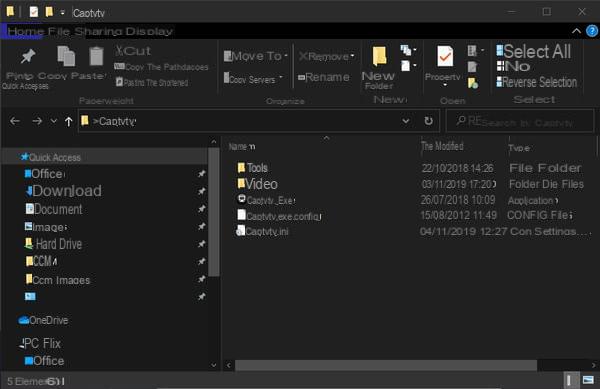
- When you have found it, right-click on its name or icon and, in the contextual menu that appears, select the option To create a shortcut.
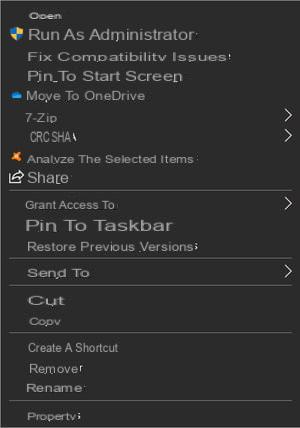
- Windows then creates a shortcut of the element in the same place, with a small arrow on its icon, and with the same name followed by the mention - Shortcut, which you can modify if you wish. Do not worry about storage space: this shortcut is not a copy but a simple link pointing to the concerned element, it takes up almost no space.

- Repeat the operation with the other desired elements.
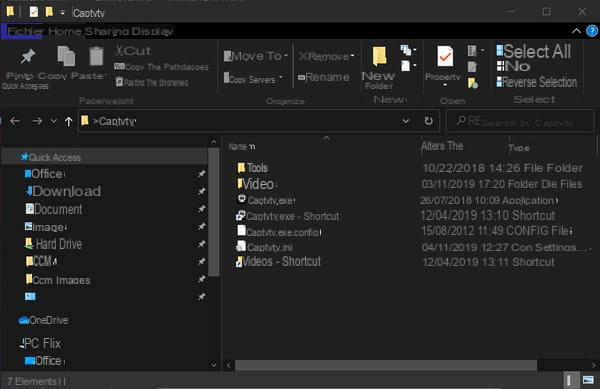
Note that you can also create shortcuts by dragging items to another destination using the right mouse button, then choosing To create a shortcut in the menu that appears when you release the button. But this method is not really of interest here: you can leave the shortcuts in the same place as the originals.
How do I assign a key combination to a keyboard shortcut?
Assigning a key combination to a shortcut is possible regardless of how the shortcut was created and regardless of where it is located. You can therefore use it for the shortcuts you created in the previous step as well as for pre-existing ones, wherever they are, including software shortcuts placed on the Windows desktop.
- Right click on the shortcut of your choice - like the one you just created in the previous step - and, in the contextual menu that appears, select the option Properties, at the bottom.
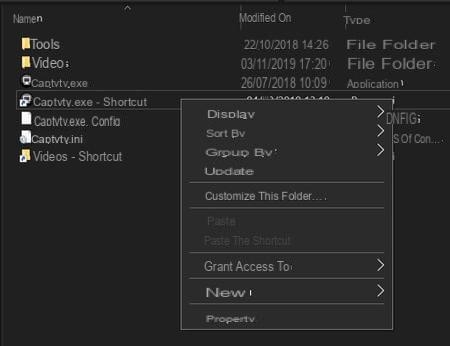
- The Properties window opens. Click on the tab Shortcut, up.

- Position the cursor in the Shortcut Key field, which reads None, by default, and type the keyboard key you want to use in your combination. You can usually use any key on the keyboard: letter, punctuation mark, or special character. If you chose Y, for example, Windows will automatically complete the field with the combination Ctl + Alt + Y which will then become a combination to use for your custom keyboard shortcut.
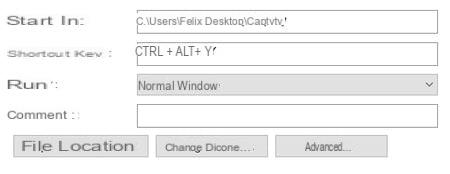
- If you wish, click in the menu to the right of Run, and select an option to display the window where the designated element will open (software, folder or document): Normal window (recommended), Scaled down (little interest ...) or enlarged (to display it in full screen).

- Confirm your choices by clicking on OK.
It's over ! Of course, repeat the operation as many times as necessary to define several custom keyboard shortcuts.
Now, all you have to do is type the key combination you just defined to immediately open the desired item in its own window, without having to go through Explorer or the Windows desktop. The hardest part is still remembering all these new combinations ...


























